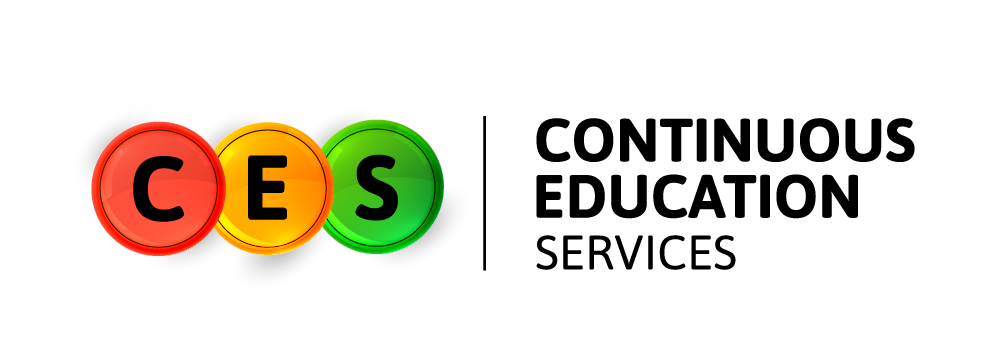Posted 3 years ago - 8 Minute(s) to read
Epilepsy and Epileptic Seizures; essential things you need to know

The month of November is designated as Epilepsy Awareness Month; a month set aside to help raise awareness about epilepsy and seizures. Epilepsy is a fairly common neurological disorder that affects about 65 million people worldwide. Every year, 1 in 150 people who have uncontrolled seizures dies from sudden unexpected death in epilepsy, known as SUDEP. When people with epilepsy and their caregivers are empowered with information to understand SUDEP, and other related issues, they can take action to reduce risk of harm and improve health outcomes.
This article takes a look at some essential and fundamental facts about Epilepsy which are often overlooked.
Epilepsy and its Causes
Epilepsy is a chronic disorder that causes unprovoked, recurrent seizures. A seizure is a sudden rush of electrical activity in the brain. There are two main types of seizures.
- Generalized seizures: Affect the whole brain.
- Focal, or partial seizures: Affect just one part of the brain.
Beyond this, there are several other classifications and clinical categorization of Epilepsy. That will not be the focus of this article.
A mild seizure may be difficult to recognize. It can last a few seconds during which the person lacks awareness. Stronger seizures can cause spasms and uncontrollable muscle twitches, and can last a few seconds to several minutes. During a stronger seizure, some people become confused or lose consciousness. Afterward they may have no memory of it happening.
Epilepsy or epileptic seizures may be due to neurological infections, head injuries, brain tumours, brain damage from prenatal or perinatal causes, stroke, alcohol/drug withdrawal, or genetics. But in some cases, the cause remains unknown (For 6 out of 10 people with epilepsy, the cause can’t be determined). Below are some of the other things that can cause or lead to seizures:
- Traumatic brain injury
- Scarring on the brain after a brain injury (post-traumatic epilepsy)
- Serious illness or very high fever
- Stroke, which is a leading cause of epilepsy in people over age 35
- Other vascular diseases
- Lack of oxygen to the brain
- Brain tumor or cyst
- Dementia or Alzheimer’s disease
- Maternal drug use, prenatal injury, brain malformation, or lack of oxygen at birth
- Infectious diseases such as AIDS and meningitis
- Genetic or developmental disorders or neurological diseases
Anyone can develop epilepsy, but it’s more common in young children and older adults. It occurs slightly more in males than in females. There’s no cure for epilepsy, but the disorder can be managed with medications and other strategies.
What Seizures Look Like
There isn't much you can do to stop a seizure once it starts. But you can help protect someone from harm during one. Some seizures are more dangerous than others, but most aren't an emergency. If you want to do something for the person, focus on keeping them safe.
The type of seizure most people will think of is the generalized tonic-clonic seizure, better known as a grand mal seizure. They're frightening to watch, and someone who has one rarely knows or remembers what's happening.
These seizures follow a pattern:
- The person seems to "check out." They won't answer if you talk to them. They won't react if you wave a hand in their face or shake them. They may collapse.
- Their muscles clench and they become as rigid as a board. (This is the tonic phase. It lasts a few seconds.)
- Next comes a series of jerking movements. (This is the clonic phase. It can last a few seconds or several minutes.)
- Eventually, the jerking stops and they're alert and can talk again, but they may be dazed or unsteady for a little while.
Any generalized seizure can be dangerous because the person is unaware of their surroundings and can't protect themselves from harm. The uncontrolled thrashing raises their chances of getting hurt.
Focal seizures are different. They're less intense and usually last no more than a minute or two.
Part of their body, like an arm, might get stiff or go floppy. You may see repeated, rhythmic, or jerking movements in one place or that spread to different body parts. The person could zone out or stare at nothing. They may or may not realize what's happening but can't control it. When it's over, they won't remember a thing.
Triggers of an Epileptic Seizure
Some people are able to identify things or situations that can trigger seizures. A few of the most commonly reported triggers are:
- Lack of sleep
- Illness or fever
- Stress
- Bright lights, flashing lights, or patterns
- Caffeine, alcohol, medicines, or drugs
- Skipping meals, overeating, or specific food ingredients
First Aid for Seizures: What You Can Do
It's all about taking precautions. For someone having a generalized tonic-clonic seizure:
- Give them room. Keep other people back.
- Clear hard or sharp objects, like glasses and furniture, away.
- Cushion their head.
- Loosen clothing around their neck, if you can safely.
- Don't try to hold them down or stop their movements.
Don't put anything in their mouth. Contrary to popular myth, you can't swallow your tongue during a seizure. But putting something in their mouth could damage their teeth, or they might bite you. If their head isn't moving, turn it to one side.
Look at your watch at the start of the seizure, so you can time its length. Remember, this probably isn't an emergency, although it may look like one.
After the jerking stops, gently place them on their side, to help keep their airway clear. For milder seizures, like a bit of staring or shaking arms or legs, guide the person away from hazards, including traffic, stairs, and water.
Don't leave someone who's had a seizure alone. Stay until they're fully aware of where they are and can respond normally when you talk to them. Speak calmly. Reassure them and explain what they missed if they're confused or frightened.
Don't give them anything to drink or eat until they've completely recovered.
How Epilepsy is Treated or Managed
Most people can manage epilepsy. Your treatment plan will be based on severity of symptoms, your health, and how well you respond to therapy. Some treatment options include:
- Anti-epileptic (anticonvulsant, antiseizure) drugs: These medications can reduce the number of seizures you have. In some people, they eliminate seizures. To be effective, the medication must be taken exactly as prescribed.
- Vagus nerve stimulator: This device is surgically placed under the skin on the chest and electrically stimulates the nerve that runs through your neck. This can help prevent seizures.
- Ketogenic diet: More than half of people who don’t respond to medication benefit from this high fat, low carbohydrate diet.
- Brain surgery: The area of the brain that causes seizure activity can be removed or altered.
Common Myths and Truths About Epilepsy
Epilepsy is assumed to be contagious. This is FALSE.
- FACT: Epilepsy is 100% NOT contagious like a common Cold or Malaria or Tuberculosis. You cannot catch it or be infected with it by associating with a patient, etc.
Epilepsy has something to do with witchcraft and spirits. This is FALSE.
- FACT: Epilepsy comes about as a result of a physical condition of the brain. It is purely medical and NOT
Symptoms of Epilepsy makes a person weak, inhuman, dangerous or inferior. This is FALSE.
- FACT: Epileptic patients may have episodes of seizures which last a few seconds to a few minutes. Beyond that, they are absolutely normal and capable in every way, shape or form.
Epilepsy is not treatable. This is FALSE
- FACT: Epilepsy is treatable and up to 70 per cent of the seizure can be cured and the risk of re-occurrence is about 25 per cent
Treatment for Epilepsy is expensive. This is FALSE
- FACT: Treatment is affordable. Currently there are 25 drugs for the cure of epilepsy in Ghana, four of the most affordable ones are listed on the National Health Insurance Scheme (NHIS)
Forcing of spoons and other objects into the mouths of patients with epilepsy during seizures or forcing the jaws apart, stops them from swallowing their tongue. This is FALSE
- FACT: This practice is wrong and dangerous. It could rather harm the patient by causing broken tooth or dislocation of the jaws. It is important to note that, it is not possible for a person to swallow his/her own tongue.
Restraining a person having a seizure is the best way to protect them. This is FALSE
- FACT: What should be done is to leave the patient to go through the seizure while ensuring a safe environment by creating space and making sure that there is nothing around that can harm him or her.
After the seizure is over, wash the face with water and keep fanning the person. This is FALSE
- FACT: After a seizure the patient should be placed on his/her side to drain any saliva while he/she is observed until full consciousness.
References
First Aid for Epilepsy Seizures, WebMD Medical Reference Reviewed by Jennifer Robinson, MD on August 07, 2019, https://www.webmd.com/epilepsy/guide/first-aid-seizures#2
Everything You Need to Know About Epilepsy, Ann Pietrangelo, reviewed by Jeanne Morrison 2018, https://www.healthline.com/health/epilepsy








